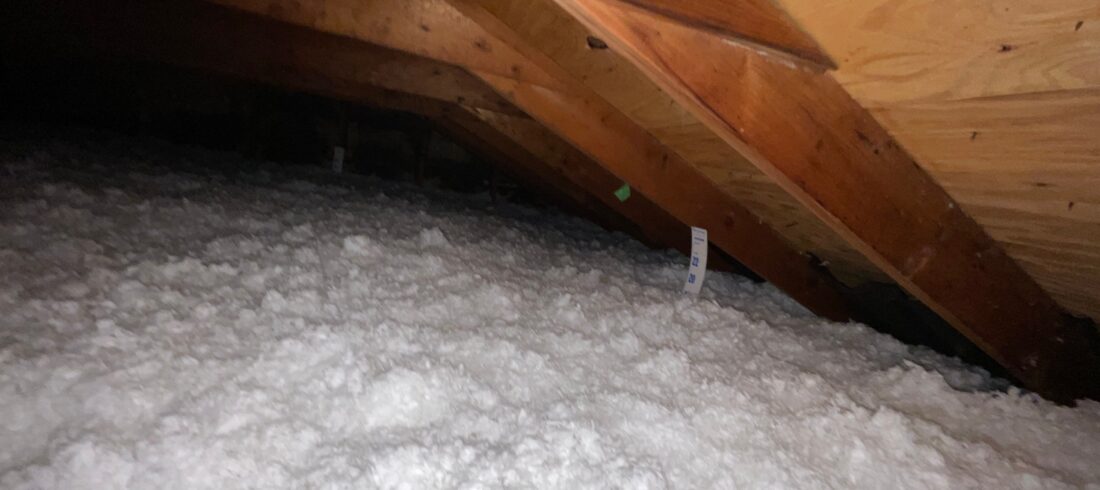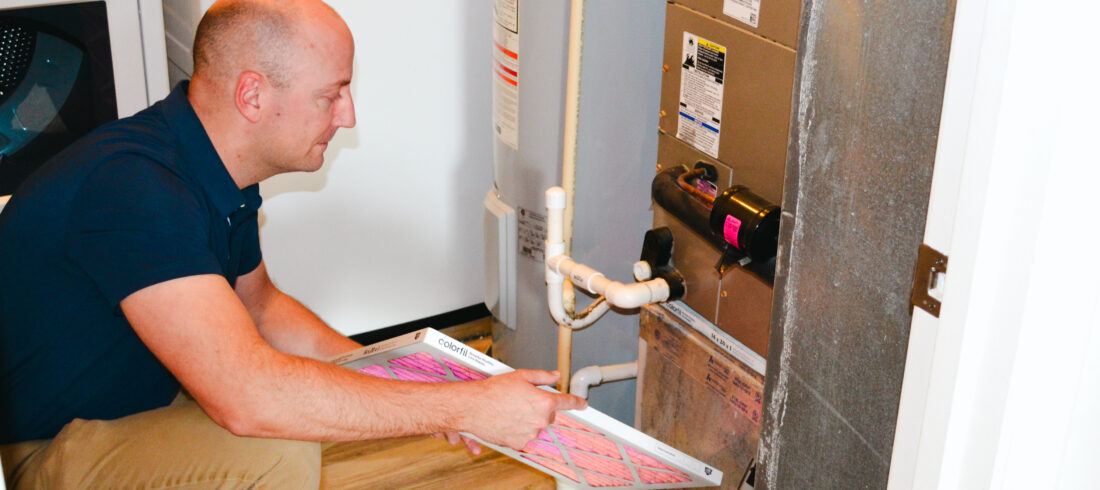The Different Components of Home Weatherization
Weatherization lowers your monthly heating and cooling bills. It protects your family from the outdoor elements year-round. It also makes your home healthier and safer to live in. It does this through several different home upgrades, including:
Insulation
Insulation and air sealing work together to keep your home protected from outside temperatures. By reducing both air movement and heat transfer in and out of your home, these 2 services provide year-round comfort and energy savings.
Air Sealing
Air leaks are small gaps around windows, doors, and other areas where air can escape or enter your house. Air sealing closes those holes, preventing indoor drafts. It also helps prevent outdoor air pollutants from getting inside.
Heating and Cooling System Upgrades
Repairing or replacing your existing furnace, air conditioner, or heat pump can improve your comfort and use less energy, saving you money.
Hot Water Upgrades
Water heating is a big part of your energy bill. Like heating and cooling system upgrades, repairing or replacing your hot water heater can make a big difference in your home.
LED Lighting Replacement
Replacing old light bulbs with LED bulbs is a quick and easy way to save energy. LEDs use less energy and last much longer.
The Right Way to Weatherize Your Home, Step-by-Step
If you’re doing it yourself, follow these steps to make the biggest impact:
1. Start with Insulation and Air Sealing
Insulation and air sealing upgrades should be done together, and are often the best first step in home weatherization. After you’ve removed any old and damaged insulation, you should seal gaps and cracks you find to stop drafts. Then you can replace any insulation you’ve gotten rid of, or add additional insulation to what you already have. Together, insulation and air sealing help you maintain comfortable indoor temperatures and lower energy costs.
2. Upgrade Heating and Cooling Systems
After sealing and insulating, look at your heating and cooling systems. An upgrade can make your home more efficient, which saves money.
3. Improve Hot Water Efficiency
Upgrade your water heater or add insulation to save on hot water costs.
4. Switch to LED Lighting
Finally, swap out your old light bulbs for LEDs. It’s an easy upgrade that makes a big difference.




